The Steemit model highlights socially valuable ideas and rewards impactful content. Imagine if that same strategy was used to restore value towards neglected landmarks and monuments in physical communities around the world.
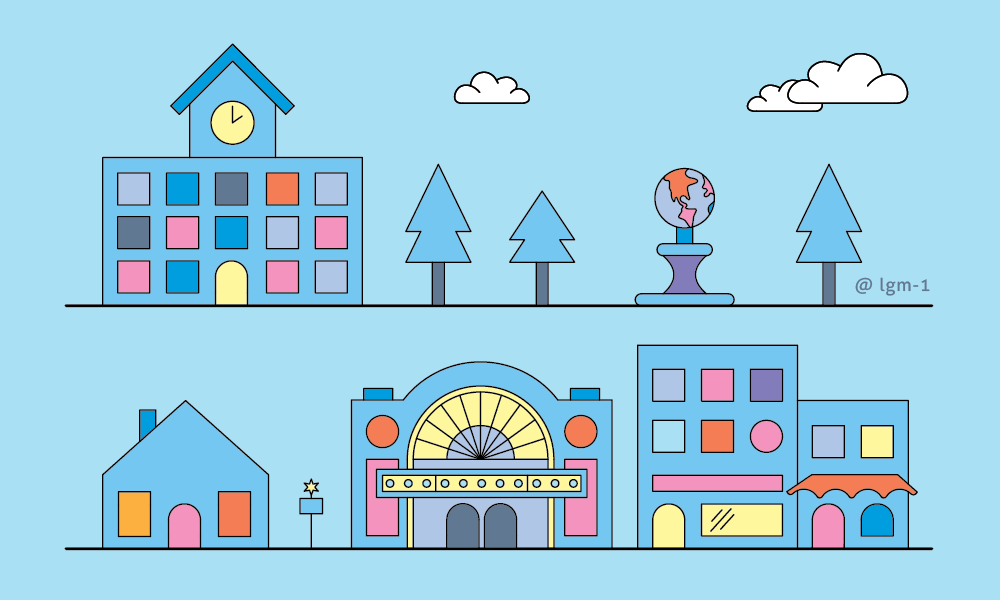
A couple of weeks ago I spoke about how blockchain technology could transform the way cities are made. Link here. I was thrilled with the response and it provoked me to dig a little deeper into how we could translate a digitally-driven social platform into something physical. In this post I want to explore the potential of steemit as a platform for urban discovery and preservation.
What if you could upvote physical projects in your own neighborhood?
User Interface : Feed
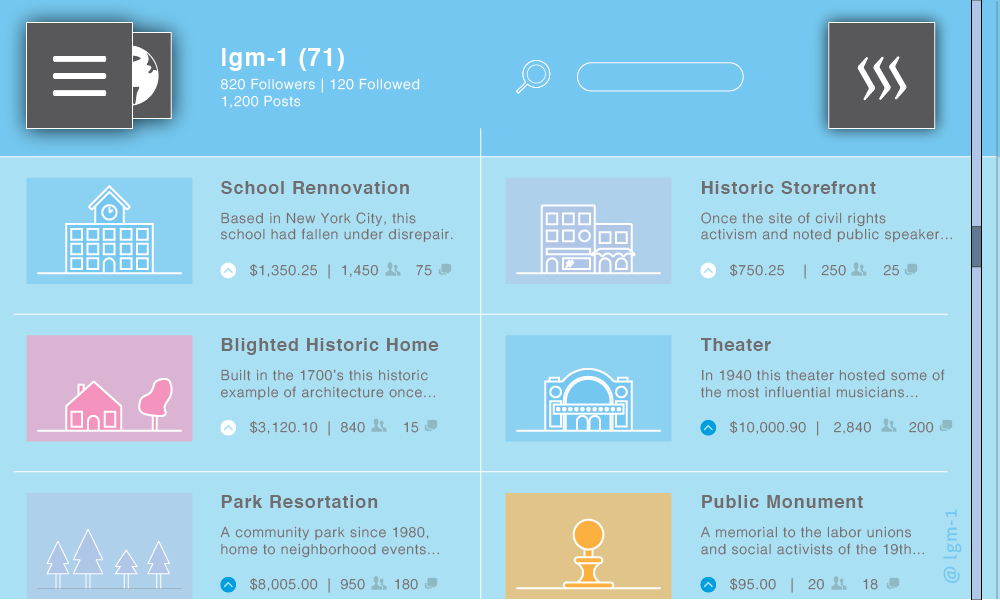
The decentralized platform of steemit supports new ways for cities and private property owners to engage the public. This could be a groundbreaking new way of allocating city resources for public projects, while being fully integrated with upvotes via the public. It would allow for transparency of resources from the top and empower local voices from the bottom.
How would a map of local steemit projects influence the way you interact with your own neighborhood? Would it challenge you to discover new places, uncover lost histories, support local initiatives through a global network?
This is where our big internet meets your small town.
User Interface : Map Overlay
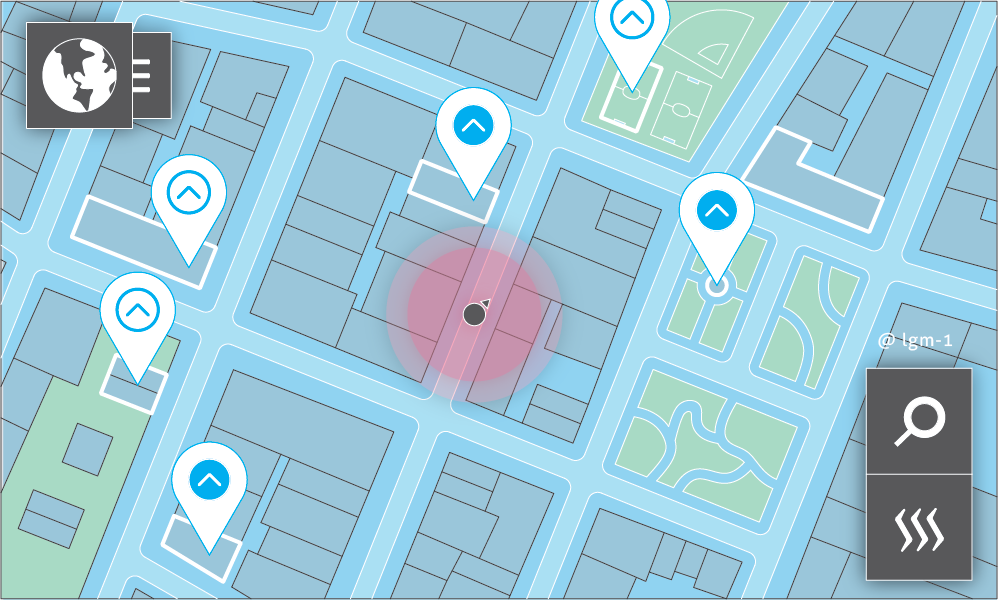
Boiling It Down - The Theater Example:
Let’s start simple. Imagine a historic building. This building once was a theater. Decades ago, this place was where all the greatest actors and musicians would want to stop on tour, perform and share their craft on stage. Decades later, this building has become abandoned and beaten down. Old advertisements half torn down, the marquee hanging crooked and the interior stage splintered through. Today, you might walk by this place and feel motivated to learn more about it.
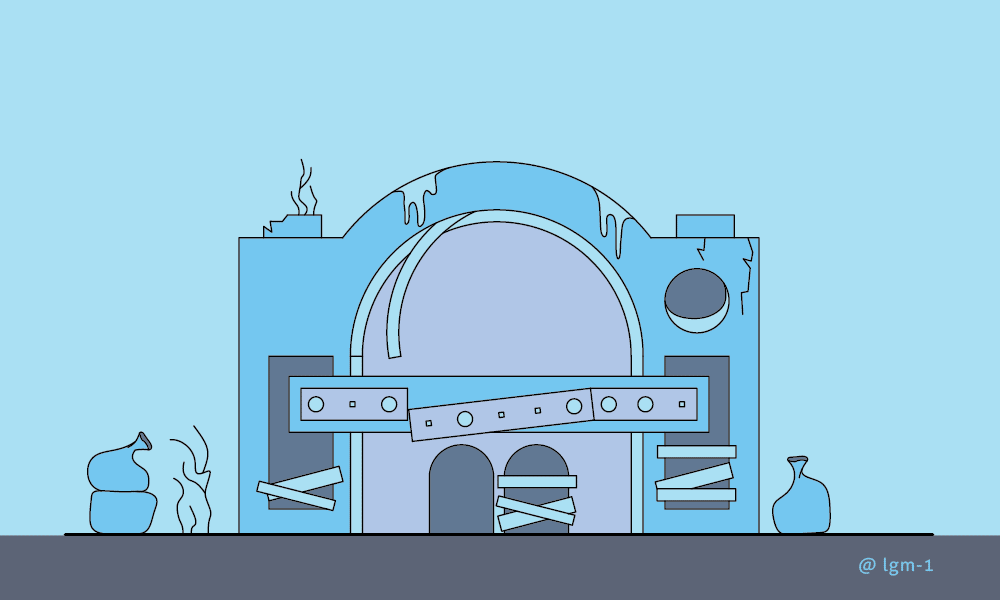
Today’s first solution for raising awareness would be rallying the internet community through social media, forums and online petitions. You could gather 1,000 signatures to grab the attention of your local preservation society or a non-profit organization. If you’re lucky, that petition might lead to a town hall meeting with political figures interested in saving it or perhaps installing a historic marker commemorating its past history and cultural value. Alternatively… in the world of steemit… this place could potentially be saved faster, with a more comprehensive funding model and less of a traditional single-source / top-down approach.
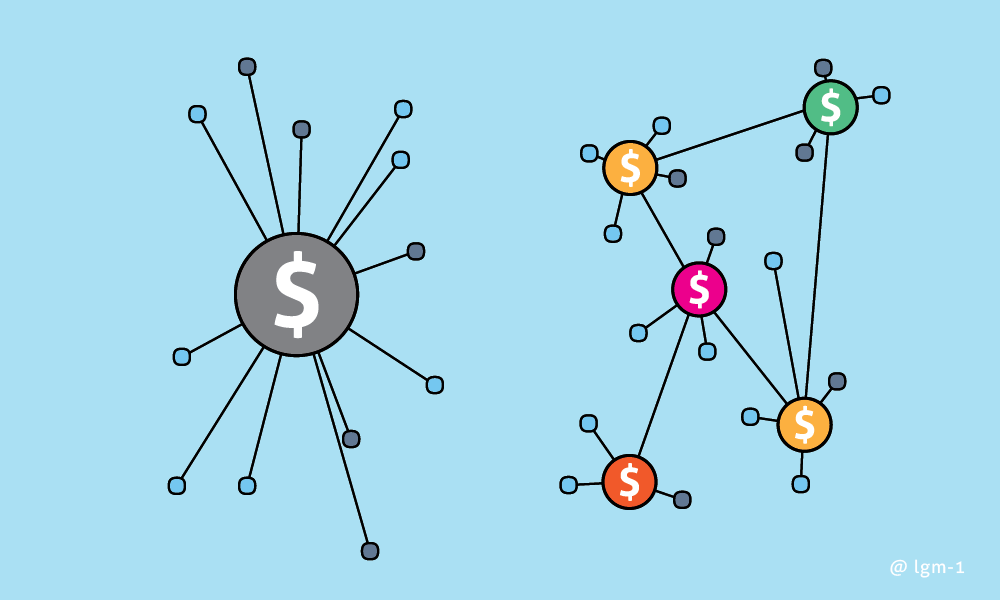
Funding Model
I’ve seen a growing number of projects on steemit that involve fundraising for physical interventions; be it a billboard, a school project, or new infrastructure for underprivileged communities. Seeing this kind of action taking place on steemit is exciting, because for the last decade or so online fundraising for similar projects would have to take place through a third party company like indiegogo or kickstarter. It’s still very early on, but steemit could effectively end the need for these types of platforms. With the decentralized network in place here, we no longer need a third party to oversee the logistics of funding.
Your first reaction to this might be… hmmm, okay but websites like kickstarter accept, reject and curate projects in order to assure quality projects received the funds that they deserved, right? It’s true that they have strong and matured safety nets in place to assure quality... but in steemit, we have an embedded community that also cares about quality. Steemit initiatives like The Curie Project scour posts for good content. You could imagine that as curie grows and as their upvotes become more valuable, offshoots would develop to curate particular types of content. For example, one day you might follow “curie : public art” where you could follow and support public art projects all over the globe.
Modernizing Philanthropy
Even philanthropic institutions could play a role here too. Government entities, foundations and NGOs could have “crypto” branches invested in steemit and designed to seek out fundable projects. In the same way we have weekly challenges for photography, poetry, puzzles etc… philanthropic groups could propose a challenge or theme and, in turn, make a tremendous impact on projects by a combination of upvotes, re-steeming, and curating a list of projects nominated to receive funding.
The present-day process of applying and receiving grant money is completely outdated. Personally, I have a background in art / urban design, and much of my work has revolved around the inconsistent and convoluted process of applying for travel fellowships, artist residencies, and project-grants in general. Many deserving projects are created by folks who lack the access, and resources necessary to get a decent spot at the top of the pile. Decentralized philanthropy could overhaul and democratize resources for those that deserve it the most.
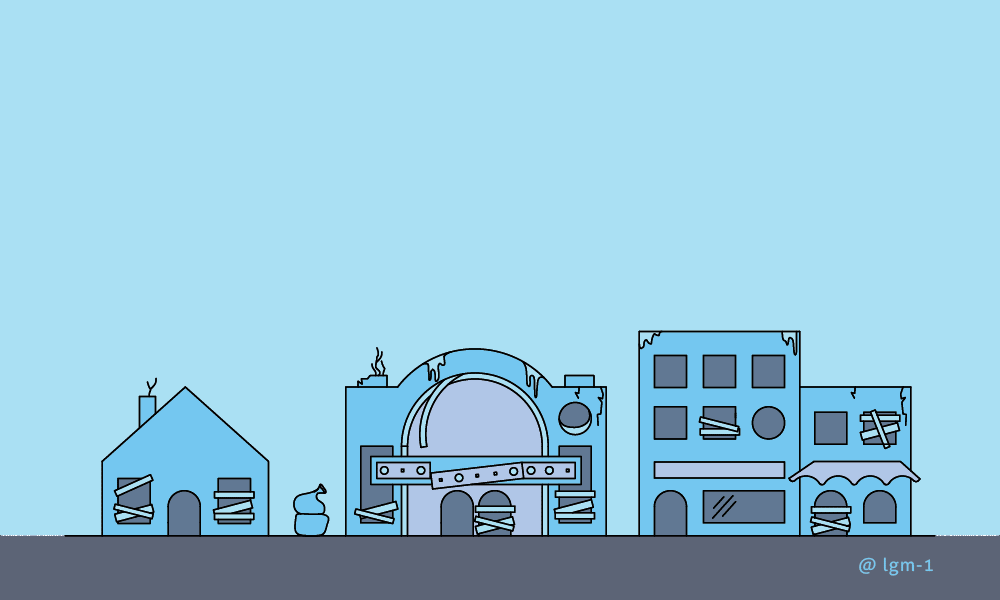
The Inherent Risks - Inaccuracy & Gentrification:
The upvote-bot mentality is a risky one. Steemit bots, while an important element for growth, are essentially like digital gentrifiers. For those who don’t know, gentrification is a process most commonly observed in urban planning. In neighborhoods, the process occurs when an influx of wealthy residents begin to replace the more established base of lower-income residents. In steem-land, bots follow a leader and have a tendency to upvote the same family of users on a daily basis. This concentrates the power and amplifies the risk of that power being misdirected at substanceless posts.
Uninformed voters and bots become risky once the divide between digital and physical is bridged. Here’s a quick example of what I mean… imagine a small neighborhood block in Detroit with 3 historic buildings in need of equal attention. If the so-called “philanthropy bots” only catch wind of one (a theater), the other two become neglected. With the theater being upgraded, the other two look increasingly problematic. An influx of crypto-investment would heighten the pressure on surrounding buildings to be re-developed into something new and capitalizing on the momentum next-door. This is where there’s a risk for gentrification. The old city fabric loses its historical value and the mission of revitalizing a neighborhood block is lost.

The Future : A More Collaborative Built-Environment
The physical and digital worlds are overdue for a new stage of interaction. Cryptocurrency and social media are catalysts that have the opportunity to bridge the gap between how we live digitally and physically. It’s an exciting time! The future is about collaboration and improving the places we engage with. Steemit has the building blocks to become that catalyst for revolutionizing the way we engage and improve. To reiterate an earlier point… Steemit is where our big internet meets your small town.
steem on.
follow me @lgm-1
A quick note to my fellow steemians - I’ve gotten a few requests recently regarding the graphics and animations that I create for postings… Please, always, feel free to use them in your own posts. All I ask is that you provide a short and modest credit-line (Ex: “Animation by the magnificent @lgm-1”) Then message me so that I can upvote your work!
Thanks everyone! I’m about 2 months into my steem-xperience and I couldn’t be more excited by the talent and energy brought to this unique place. Looking forward to more as this small town continues to grow.

